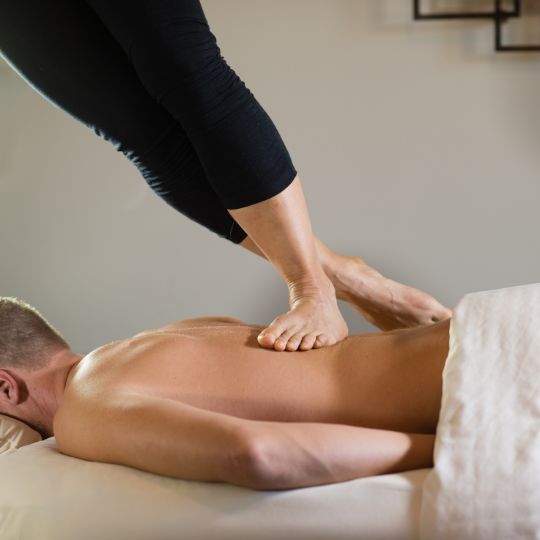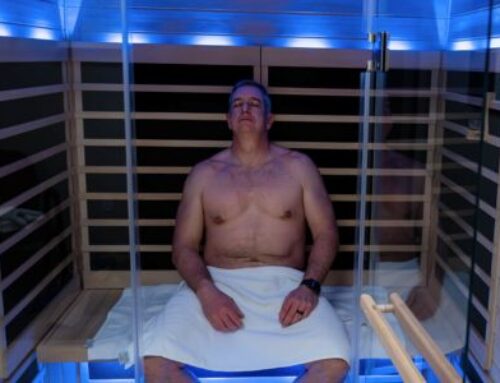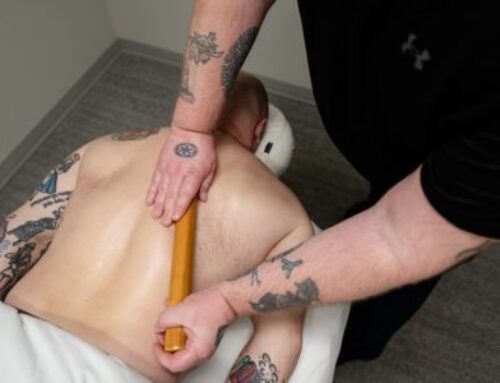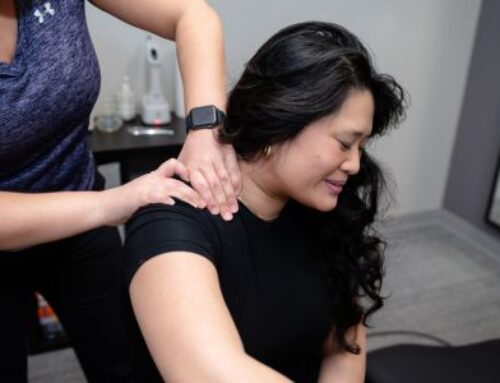Ashiatsu massage, also known as deepfeet bar therapy, is becoming a more popular modality in the massage world. Both therapists and clients benefit from this type of massage, and we will discuss the benefits of trying it out. Although we are still practicing this massage today, barefoot massage dates back centuries, much like traditional massage. It is believed it was first developed in India by martial arts practitioners to increase recovery and flexibility. This practice soon spread to other areas of Asia, known as Barefoot Shiatsu. Over the years, barefoot massage has developed into ashiatsu deepfeet bar therapy, based on the ancient practices with modern techniques.
What is ashiatsu?
Today, ashiatsu is a form of massage in which the therapist massages with barefoot techniques, using parallel bars above the table, utilizing their body weight and gravity to deliver broad and consistent pressure. This broader form of massage delivers up to 3x more pressure than traditional massage without the discomfort. During a hands on massage, the therapist may be able to deliver deep work, however this is often more painful for the client since pointy fingers and elbows are used to achieve this depth. And so ashiatsu massage is perfect for clients seeking a deep work, but dislike the more painful aspects that can come with deep tissue massage.
Why is ashiatsu beneficial?
As we have already mentioned, ashiatsu delivers a deeper, broader pressure for clients. But what are the other benefits for the client besides an increased level of pressure?
- Frees up bundled nerves, relieving pain
- Elongates and stretches muscles further than traditional massage
- Detoxes muscles by improving blood and lymph circulation
- Improves posture by relaxing tight muscles
Not only does ashiatsu massage benefit the client, but also the massage therapist. Performing ashiatsu massage reduces inflammation and pain in thumbs and wrists. It takes years of stress off the lumbar spine, since the therapist is not bending over a table. These benefits help reduce burnout, allowing massage therapists to work longer, and clients to continue enjoying massages from their preferred provider.
Tips and reminders for ashiatsu:
After receiving ashiatsu massage, there are some aftercare tips to remember:
- Hydrate: drinking half your body weight in ounces 1-2 days after your session helps to flush your system and reduce soreness
- Stretch: passive stretching or light yoga is a great aftercare treatment
- Hydrotherapy: heat therapy is ideal for stiffness/soreness and cold therapy is ideal for pain/inflammation
- Rest and recover for 24 hours after your session
Although there are many benefits of ashiatsu massage that we wish everyone could enjoy, there are some client conditions ashiatsu is not suitable for. These include:
- Pregnancy or trying to conceive
- High blood pressure
- Recent injury or surgery
- Compromised immune system
- Acute liver or kidney disorders
- Recent surgical implants
- Advanced diabetes
As we have discussed, ashiatsu massage is a style with roots in ancient forms of bodywork, drawing from multiple methods. Today, ashiatsu is performed on a massage table with bars attached above, enabling the therapist to give up to 3x more pressure than traditional massage. It is beneficial for the client by causing less discomfort and stretching and detoxifying muscles. Massage therapists can enjoy benefits from this modality too, extending their years in the field. With the proper aftercare, clients can enjoy the full body benefits of ashiatsu massage.
If you are interested in booking an ashiatsu session, book an appointment with me HERE.
FAQ:
Is ashiatsu better than deep tissue massage?
The answer to this depends on the client and what they are looking for from their massage. Deep tissue massage is any massage going deeper than the surface level of skin. Technically, anything more than Swedish massage is considered deep tissue. Some prefer the detailed work that can be accomplished with hands and may need this in more delicate areas, such as the neck. Think about what needs you are looking to address and decide which is best for you.
What do you wear to an ashiatsu massage?
You can wear anything to an ashiatsu massage you would to a traditional massage. Your therapist will instruct you to undress to your comfort level, and get onto the massage table like you normally would.
What is the difference between shiatsu and ashiatsu massage?
Shiatsu translates to “finger pressure” and ashiatsu translates to “foot pressure.” Shiatsu works with acupuncture meridians, the client is fully clothed, and the massage takes place on a floor mat. Ashiatsu massage is performed with clean bare feet, on a table, and the client is undressed under a sheet and blanket.





